
Mathematics, Cryptography and the birth of modern computing
Babbage and Ada – The Advent of Mathematical Computing
In 1837, Charles Babbage proposed the Analytical Engine. His design would move past the computation of mathematical tables to the computation of outcomes. Although not successfully implementing this design during his lifetime (in no small part due to the required manufacturing tolerances), this is widely accepted as the first programmable computer. The machine was a mechanical marvel, a thing of beauty and complexity (containing over 4000 parts). In 1843, Ada Lovelace (daughter to Lord Byron), Countess and affectionately known to Charles as The Enchantress of Numbers, wrote her suggestions for the first computer programme to be used with Babbage’s machine. She wrote:
“The Analytical Engine has no pretensions whatever to originate anything. It can do whatever we know how to order it to perform… But it is likely to exert an indirect and reciprocal influence on science itself.”
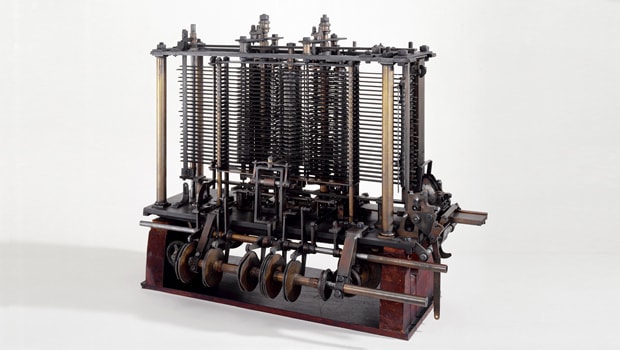
Turing, Cryptography and the Modern Theory of Computation
In 1936 working in isolation at Princeton University, Alan Turing began work on bridging logical and theoretical worlds through the Turing Machine, capable of solving more than mathematical problems. With the prospect of war with Germany looming, his thoughts turned to the development of electromechanical cipher machines. Turing later took up full time residence at Bletchley Park, UK, and is remembered by history for creating the electromechanical systems that deciphered the Enigma Machine encrypted messages.
Newman and Flowers – The Implementation of Electronics in Cryptography
Whilst Turing was at Bletchley and looking for help, he met Thomas “Tommy” Flowers, an exceptional engineer working for the post office. Although the Turing project never came to fruition, Alan introduced Tommy to Max Newman, who had been tasked with deciphering the Lorenz SZ machine encryption being used by the German high command. Newman’s approach to cryptoanalysis was to tackle the huge number of initial variables in as short a time as possible to determine the starting settings of the Lorenz Flowers quickly realised the Newman design would need significant modifications if they were to ever realise the objective, and proposed optical sensing and switching via electronic valves. Flowers worked on his idea at the post office research station and in December 1943 delivered the Mk1 Colossus to Bletchley Park.
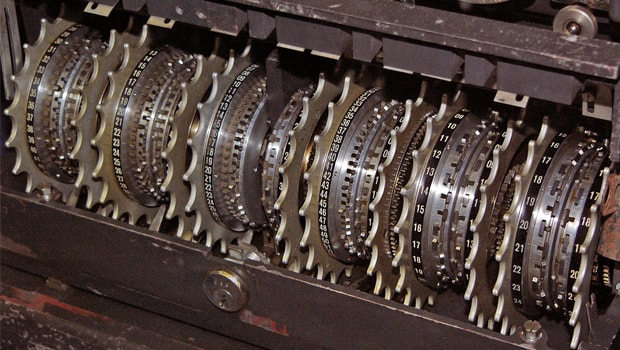
Machly, Eckert and Wilks – The Birth of Digital Computing and Stored Programmes
The ENIAC (Electronic Numerical Integrator and Calculator) was invented by John Mauchly and John Eckert Jr. Although not the first digital device, it is considered the first general purpose machine to provide digital data processing. The build started in 1943 and became operational in 1946. However, the advent of a practical “stored” programming method was not realised until three years later when Cambridge University, led by Professor Sir Maurice Wilkes, created the EDSAC (Electronic Delay Storage Automatic Calculator). Wilkes used his experience of thermionic valves, radar and discrete signal pulses to move away from dedicated task machines to a system that could run “stored” programmes to perform different computational tasks. Due to the technical limitations of components and lack of knowledge, two valves would be needed for every “bit” of data, and so Wilkes set about taking a more practical approach, knowing the propagation of signals was delayed through mercury. Using his experience of radar applications, he developed Mercury delay line memory, which at 1.5m long was large by modern memory standards, initially provided only 56 bits of storage and ran at 500Hz. Wilkes later developed RAM (Random Access Memory) and with support from Mullard, was able to create an operational 1Kbyte memory core, which Mullard tested and put on sale.
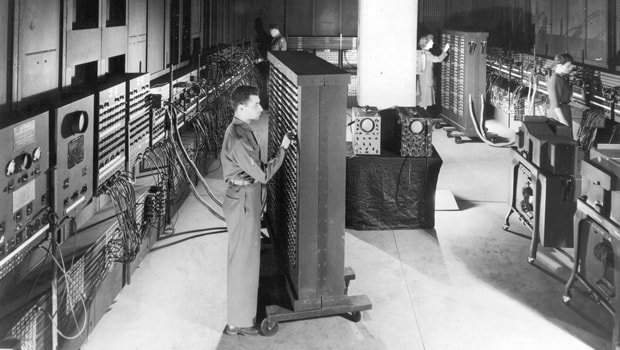
The Perfect Storm – Affordable Computing for the Masses
Things accelerated exponentially with the advent of the transistor and subsequent stream of smaller and more complex circuitry. Computers went from large low power machines taking a number of rooms and over a year to produce, to systems built on a production line in hours or minutes, eventually becoming affordable to the majority of homes and businesses. The arrival of the operating system and modern computer architecture came with circuit miniturisation in a perfect storm and quickly led to new form factors, forming the creation of computers as we know them today.
The Internet and its Impact on Modern Life
The internet, connectivity and access to information have changed the way we perceive the world and live our lives. Our ability to shop and share thoughts with others could only have been imagined a few years ago. The generation of virtual worlds and environments have been realised and computers have become fundamental to the way we live.
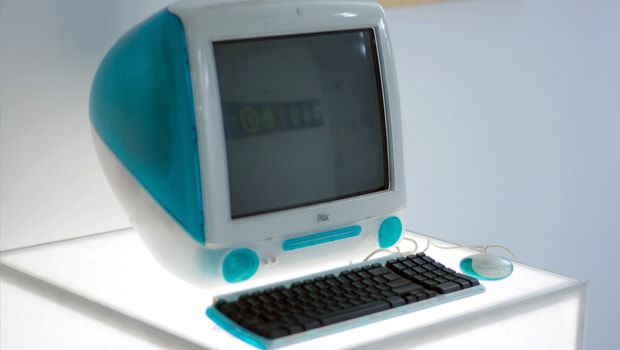
GUI and Immersive Interaction
With the increase in computational power and ability to perform simultaneous processing tasks came the ability to not just calculate outcomes but to interact in more natural ways. This accelerated the ability to programme input and manipulate computer operation. The realisation of these features by modern pioneers and the development of the graphical user interfaces (GUIs) we use today have left us with solutions that can be adapted quickly to keep pace with the ever-changing form factors of modern technology as it shrinks. This has allowed us to interact more directly with computers than ever before, and so create experiences that are becoming truly immersive.

Computer Miniturisation, IOT and What the Future Holds
What does the future hold for computing? If you google the world’s smallest computer today you will discover systems such as the Micro Mote, the size of a grain of rice and far more capable than many systems I have owned. The issue is no longer one of performance, size or even power in many situations, as ultra-low powered solutions can perform computation and communication at such low current requirements. This makes it possible to harness power from radio waves already in our environment (if only Tesla had lived to see it). Today’s challenges are how to interact better with computing, how to improve the immersive nature of interaction and how to create the hyper-reality for future experiences and our digital interactions. Interconnection of distributed devices, IoT, distributed processing and AI will allow us to live and work in ways yet unimagined. Cybernetics and our ability to interact more directly will certainly advance and we will see ever-increasing improvement in how these advances can save or enhance lives.
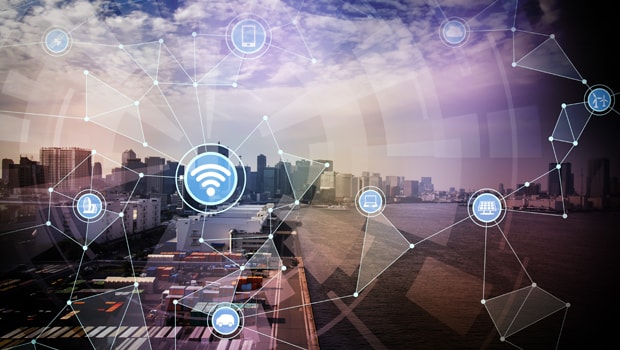
The future is big, bright and more than a little scary when you consider how quickly things are advancing. But one thing remains true, as long as there are big thinkers, there will be people like me and a great many others helping inventive minds realise their dreams. I am perhaps one of the fortunate few as I work in a role I love, with projects that are important in many ways. I sometimes get glimpses of what technology is truly capable of and architect highly complex solutions designed with operational lives measured in decades, rather than months. These solutions deliver and improve on manufacturer’s reliability statistics and allow our customers at Captec to realise what was only a few years ago considered impossible.

